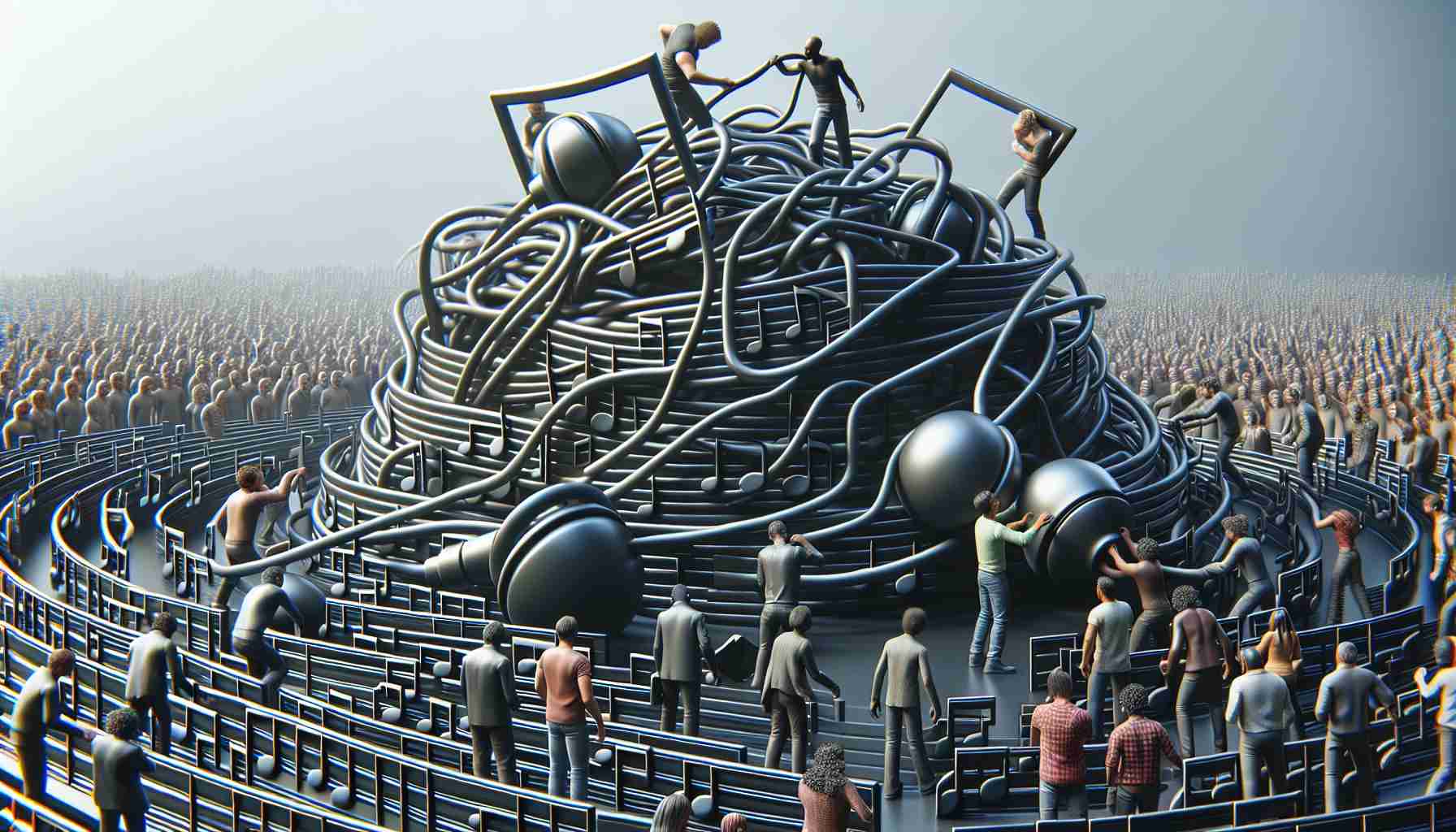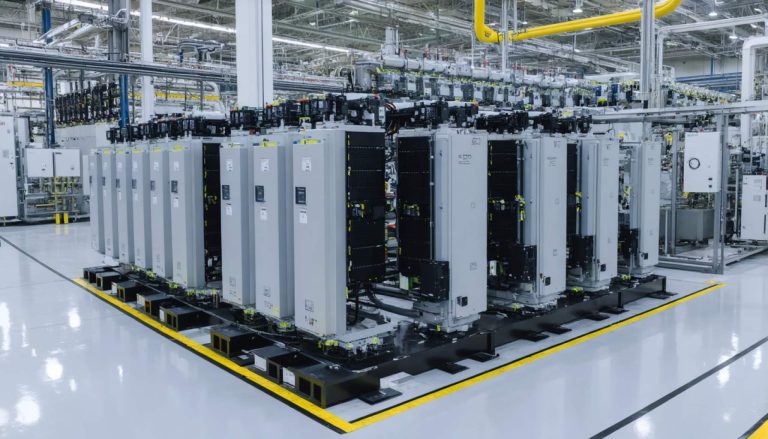
Le paysage de l’industrie de la musique en streaming est confronté à des défis notables qui entraînent un ralentissement de la croissance. Les chiffres des abonnés des principaux services tels qu’Apple Music ont stagné, avec peu d’améliorations depuis 2019. Cette tendance s’étend à d’autres acteurs majeurs comme Spotify et Amazon Music, indiquant un problème plus vaste au sein de l’industrie.
Reconnaissant un ralentissement de la croissance
Universal Music Group, le plus grand label musical à l’échelle mondiale, a récemment admis le déclin des revenus attribué aux services de streaming. Le directeur financier Boyd Muir a souligné le ralentissement des revenus d’abonnement, pointant du doigt une stagnation des nouvelles adhésions des abonnés clés chez des partenaires comme Apple et Amazon.
Changements au sein de l’industrie et préoccupations des investisseurs
Ce revers a suscité des inquiétudes parmi les investisseurs, entraînant une baisse significative des actions de l’UMG. L’industrie est en train de passer d’une période de croissance rapide à une phase d’expansion plus lente. Les maisons de disques doivent relever les défis pour s’adapter à ce changement, avec des options limitées pour contrer le ralentissement du streaming de manière indépendante.
Exploration des solutions
Face à ces défis, des efforts sont déployés pour explorer de nouveaux modèles de tarification afin de stimuler la croissance. Cependant, les retards dans le lancement de fonctionnalités promises telles que le niveau sans perte de Spotify ont ajouté à l’incertitude de l’industrie. Bien que les labels restent optimistes quant à un rebond, ils mettent en œuvre des mesures telles que des coupes de personnel et des réorganisations pour renforcer les performances à court terme.
Conclusion
L’industrie de la musique en streaming se trouve à un moment critique alors qu’elle doit faire face à l’évolution des comportements des consommateurs et des dynamiques du marché. S’adapter à ces défis nécessitera des efforts collaboratifs et des stratégies innovantes pour relancer la croissance et assurer la viabilité à long terme de l’industrie.
Pour de nouvelles informations sur les défis auxquels l’industrie de la musique en streaming est confrontée.
Le paysage de l’industrie de la musique en streaming continue d’évoluer, présentant de nouveaux défis et opportunités pour les principaux acteurs du marché. Alors que l’article précédent mettait en lumière des préoccupations telles que le stagnation des abonnés et les baisses de revenus, il existe d’autres facteurs contribuant à l’état actuel de l’industrie.






